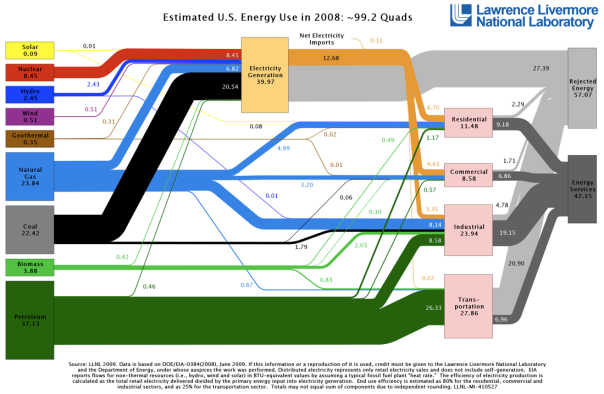The British American Business Council of New England’s (BABCNE) Environment and Energy Committee hosts “Why Start a Clean Energy Business in Massachusetts?” featuring Phil Giudice, Commissioner of the Massachusetts Department of Energy Resources (DOER).
The Massachusetts DOER has created a fertile landscape in the Commonwealth in order to grow our Clean Energy jobs, businesses and future. After 2 1/2 years of leadership as Commissioner, collaborating with industry leaders, Phil Giudice has established intelligent, progressive energy policies driving energy efficiency and renewable energy across the state. At our November event, Nick d’Arbeloff, President, New England Clean Energy Council stated that the Massachusetts DOER “has moved us from the middle to the top of the class in Clean Energy.”
Don’t miss this opportunity to register and join us on Tuesday evening, January 26, 2010 at 5:00 pm at the LEED Platinum rated Genzyme Center in Cambridge, Massachusetts. There is a nominal fee to cover costs.
“Philip Giudice is responsible for implementing energy policies that ensure an adequate supply of reliable, affordable and clean energy for the businesses and residents of Massachusetts. He is also responsible for improving and streamlining energy regulation, promoting greater efficiency in all energy uses, reducing energy costs and mobilizing energy education. Mr Giudice also serves as board member, board executive committee member and treasurer of the Regional Greenhouse Gas Initiative as well as a board member of the Commonwealth’s Energy Facilities Siting Board.
Mr. Giudice brings diverse and expansive experience to the position. Prior to joining DOER, Commissioner Giudice served as Senior Vice President at EnerNOC, a start-up company providing electricity demand-management services to businesses, institutions, utilities, and grid operators to obtain savings for businesses and institutions and relieve stress on the electric system.
The Commissioner was also a Senior Partner and leader of Mercer Management Consulting’s global energy utilities practice. He is a geologist (B.S. from the University of New Hampshire and M.S. in Economic Geology from the University of Arizona) and management professional (M.B.A. from the Tuck School of Business at Dartmouth) with 30 years experience in the energy industry.”
This event is sponsored by Edwards Angell Palmer & Dodge LLP.
Disclosure: I am a founding member of the BABCNE Environment and Energy Committee.






